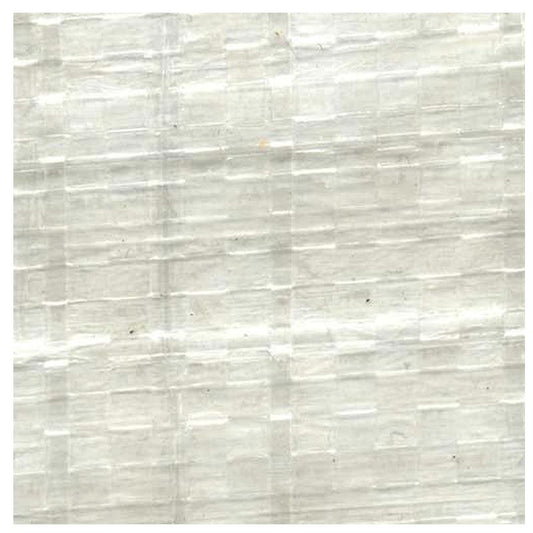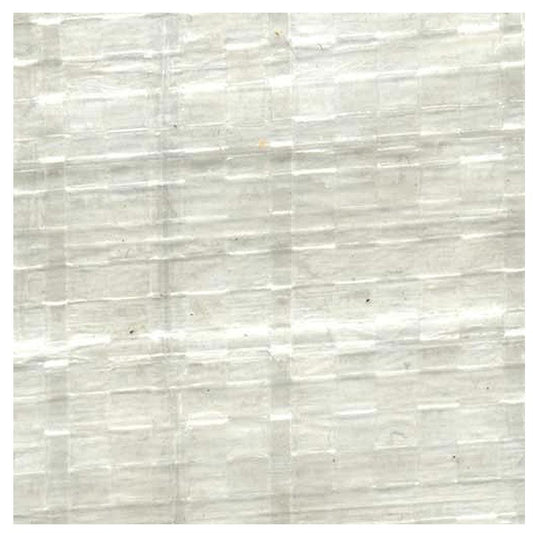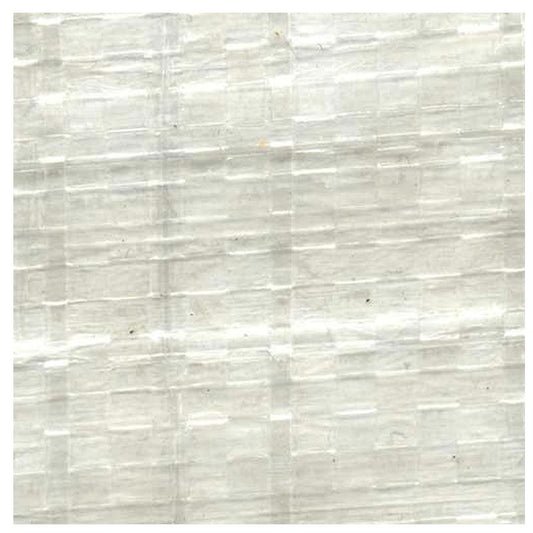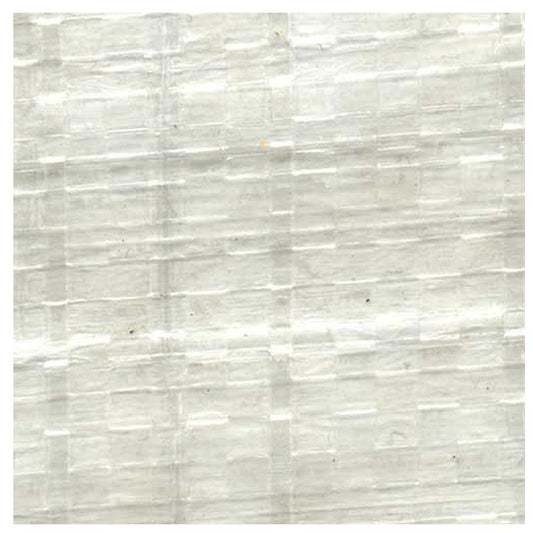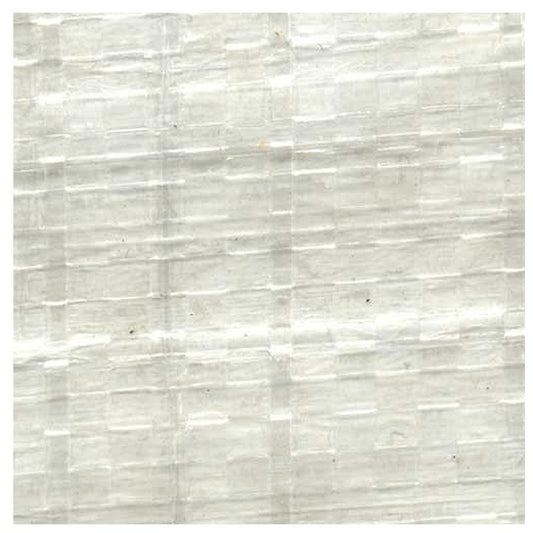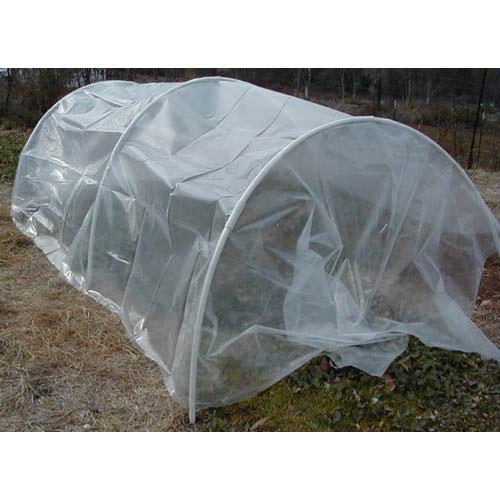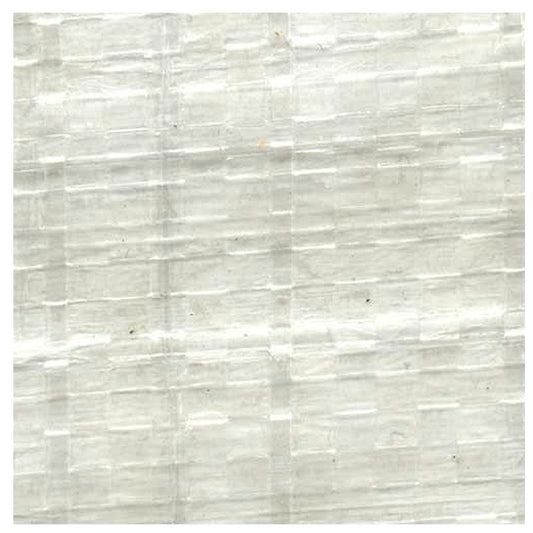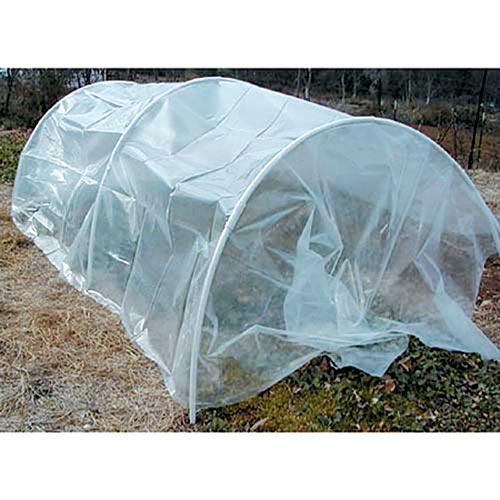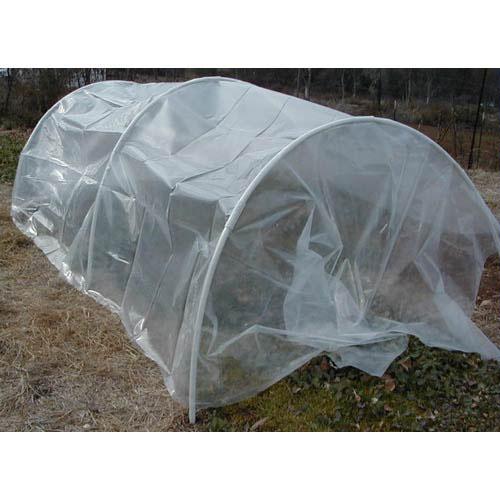Collection: Season Extending Greenhouse Plastic
Greenhouse Plastics: A Comprehensive Guide to Optimal Growing Conditions
Greenhouses serve as vital tools in modern agriculture, providing controlled environments for year-round cultivation. Among the various greenhouse coverings, greenhouse plastics, including plastic sheets and films, have become predominant choices for growers. Understanding the nuances of these plastics, their features, and best practices in their application is essential for creating an environment conducive to optimal plant growth.
Types of Greenhouse Plastic Sheeting:
- UV-Resistant Films: Greenhouse films with UV-resistant properties are crucial for longevity. These plastics are designed to withstand the harmful effects of ultraviolet (UV) radiation, ensuring a more extended service life.
- Mil Plastic Sheeting: Mil plastic, referring to the thickness of the plastic sheeting, is a common measurement in greenhouse plastics. Higher mil ratings often indicate increased durability and resistance to wear and tear.
- Light Diffusion Films: Light diffusion is a critical factor in greenhouse environments. Films designed for light diffusion disperse sunlight evenly, preventing concentrated rays that could potentially damage plants.
- UV-Protected Plastic Polyethylene: UV-protected polyethylene plastics ensure that the greenhouse coverings maintain their structural integrity over time. These plastics resist degradation from UV rays, safeguarding the greenhouse structure and the plants within.
- Multilayer Technology: Some greenhouse plastics leverage multilayer technology, incorporating multiple layers to enhance insulation, UV protection, and light diffusion. This technology contributes to a more stable and controlled growing environment.
Key Features and Considerations:
- Year-Round UV Stability: Opt for greenhouse plastics with year-round UV stability. This ensures that the material can endure prolonged exposure to sunlight without deteriorating.
- Light Transmittance: High light transmittance is crucial for promoting photosynthesis in plants. Greenhouse plastics with 90% light transmittance or more are ideal for allowing ample sunlight into the structure.
- UV-Stabilized Films: UV-stabilized films are treated to resist the damaging effects of UV radiation making them UV resistant. This treatment enhances the lifespan of the plastic, making it a reliable choice for long-term use.
- Cut Pieces for Customization: Greenhouse plastics are often available in rolls or sheets, allowing growers to cut pieces to fit their specific greenhouse dimensions. This customization ensures an efficient and tailored covering.
Installation Techniques:
- Hoop House Construction: Utilizing cut pieces of PVC pipes or metal hoops, greenhouse plastics can be draped over the framework to create hoop houses. This cost-effective construction method is popular among small-scale growers.
- Secure Attachment: Proper installation involves securely attaching the plastic to the greenhouse frame. This prevents drafts, heat loss, and potential damage to the plastic during adverse weather conditions.
Optimizing Growing Conditions:
- Light Diffusion Benefits: Greenhouse plastics designed for light diffusion provide consistent and uniform sunlight distribution. This is particularly beneficial for preventing sunburn on plants and promoting even growth.
- Temperature Regulation: The insulating properties of greenhouse plastics contribute to temperature regulation. These coverings trap heat inside the greenhouse, creating a warmer environment for plants to thrive, especially in colder months.
- Enhanced Insulation with layer technology: Greenhouse plastics employing multilayer technology enhance insulation by creating air pockets between layers. This added insulation helps maintain stable temperatures for optimal plant growth.
Challenges and Solutions:
- Cutting and Customization Challenges: While customization is an advantage, cutting and handling large pieces of plastic can be challenging. Careful planning and precise cutting techniques can address this issue.
- Condensation Management: Greenhouse plastics can contribute to condensation buildup. Adequate ventilation and air circulation within the greenhouse help manage condensation, preventing potential issues for plant health.
Greenhouse plastics, encompassing a variety of films and sheets, have become indispensable tools for growers seeking efficient and cost-effective greenhouse coverings. Their UV-protected, light-diffusing, and insulating properties contribute to creating optimal growing conditions. From year-round UV stability to light transmittance, the careful selection of greenhouse plastics can significantly impact the success of plant cultivation. As technology advances, innovations in multilayer technology and UV stabilization continue to refine greenhouse plastics, ensuring that they remain essential components in modern agriculture.


